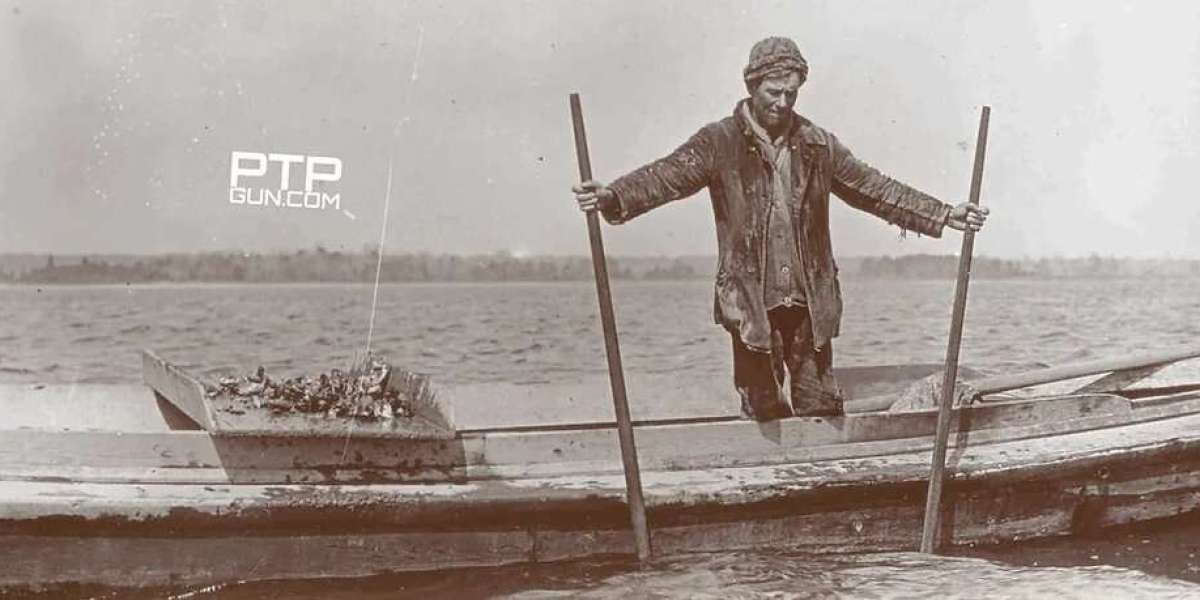Nestled along the Atlantic Coast, Maryland's Chesapeake Bay has long been renowned for its brackish waters and abundant oyster beds. However, behind the picturesque landscapes and thriving marine life lies a fascinating and tumultuous history marked by the infamous Oyster Wars. These conflicts, often characterized by clashes between watermen, authorities, and poachers, have played a significant role in shaping the state's approach to oyster conservation and resource management.
Early 19th Century: Oyster Boom and Initial Regulations
In the early 19th century, Maryland experienced a booming oyster industry that brought economic prosperity to the region. The Chesapeake Bay's oyster population was considered an endless bounty, leading to a surge in harvesting activities. However, the unregulated exploitation of this resource soon led to concerns about depletion.

To address the growing issue, Maryland introduced its first oyster regulations in the mid-1800s. Licensing systems and designated oyster seasons aimed to control the industry, but conflicts arose as watermen sought to protect their livelihoods while authorities attempted to enforce conservation measures.
Late 19th to Early 20th Century: The Rise of Oyster Pirates
As the 19th century gave way to the 20th, tensions escalated, and the emergence of oyster pirates became a notable feature of the Chesapeake Bay. These outlaws, often armed and defiant of regulations, engaged in illegal harvesting activities, challenging both other watermen and authorities.

Oyster pirates developed cunning tactics, such as operating under the cover of darkness or modifying their vessels to evade law enforcement. The situation reached a boiling point, prompting the Maryland Oyster Navy—a maritime police force—to engage in armed confrontations with these pirates on the bay.

1920s Prohibition Era: Oysters and Bootlegging
The Prohibition era of the 1920s not only saw the illicit trade of alcohol but also an
unexpected connection to the oyster industry. Oyster pirates, now facing stiff penalties for their activities, turned to bootlegging as a means of maintaining their livelihoods. The combination of illegal oyster harvesting and smuggling created a complex web of criminal activities on the Chesapeake.
Mid-20th Century: Conservation and the Decline of Oyster Wars
The mid-20th century marked a turning point in Maryland's approach to oyster management. Conservation efforts gained momentum as the state recognized the need for sustainable practices to preserve the oyster population. Regulations became more stringent, and the once-feared Oyster Navy transitioned to a role focused on conservation and enforcement of licensing laws.
21st Century: Oyster Restoration and Modern Challenges
In recent years, Maryland has prioritized oyster restoration efforts, recognizing the ecological importance of these bivalves in maintaining the health of the Chesapeake Bay. While conflicts between watermen and authorities persist, the focus has shifted towards sustainable harvesting practices and rebuilding oyster reefs.
Conclusion:
Maryland's Oyster Wars stand as a testament to the delicate balance between economic interests, environmental conservation, and the struggle for resource management. From the oyster boom of the 19th century to the modern-day focus on sustainability, the tumultuous history of the Chesapeake Bay's oyster industry serves as a cautionary tale and a source of inspiration for navigating the complexities of resource management in our ever-changing world.
Original Sources: https://www.ptpgun.com/post/maryland-s-oyster-wars



